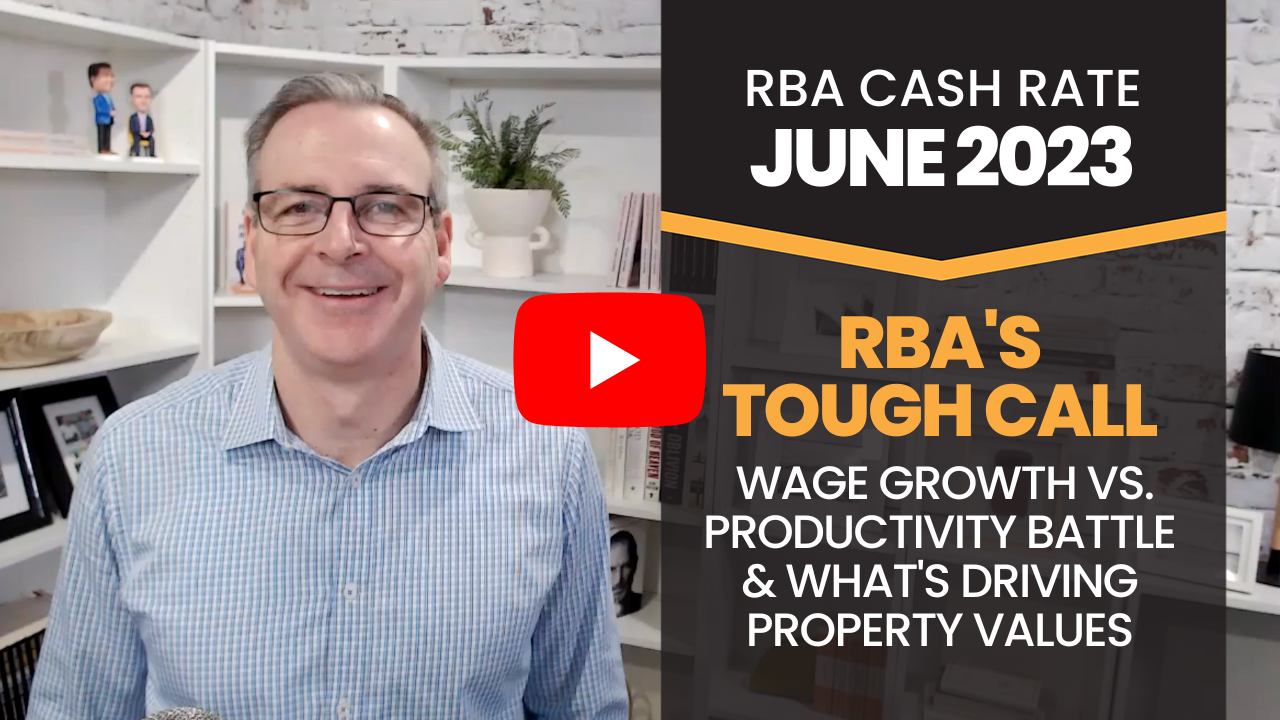The Rental Crisis in Victoria has Reached a Critical Point!
In a compelling interview with Channel 7 News, Ben explores the pressing concerns surrounding the current rental landscape and the implications it has on future investors.
Watch the full Channel 7 segment here as they dive deep into the details of the proposed measures by the Andrews Government, shedding light on their potential impact on both landlords and tenants alike. Stay informed and engaged as we navigate through the intricacies of these significant proposals.
Tune in to stay updated on the latest market developments and gain valuable insights for making informed financial decisions.

 Subscribe On Itunes
Subscribe On Itunes Subscribe On Android
Subscribe On Android

